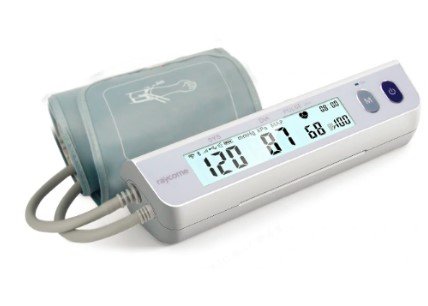Enhancing Accuracy and Efficiency in Phlebotomy with Laboratory Information Management Systems (LIMS) in the United States
Summary
- Laboratory information management systems (LIMS) play a crucial role in enhancing the accuracy and efficiency of test validation procedures in the field of phlebotomy in the United States.
- By streamlining data management, improving Workflow processes, and reducing human errors, LIMS contribute to higher Quality Standards and faster turnaround times for Test Results.
- The implementation of LIMS in medical labs and phlebotomy practices results in improved patient care and ensures compliance with regulatory requirements.
In the United States, the field of phlebotomy plays a critical role in healthcare by collecting blood samples for diagnostic testing. Accuracy and efficiency in test validation procedures are paramount to ensuring accurate diagnoses and timely treatment decisions. One technology that has revolutionized the way medical labs and phlebotomy practices operate is the laboratory information management system (LIMS). In this article, we will explore how the implementation of LIMS impacts the accuracy and efficiency of test validation procedures in the field of phlebotomy in the United States.
Benefits of LIMS in Phlebotomy
Laboratory information management systems (LIMS) offer a wide range of benefits for medical labs and phlebotomy practices, including:
- Streamlining data management: LIMS allow for centralized storage of patient information, Test Results, and other data, making it easily accessible to Healthcare Providers.
- Improving Workflow processes: By automating repetitive tasks and integrating different systems, LIMS help in optimizing lab workflows and reducing turnaround times for Test Results.
- Enhancing Quality Control: LIMS provide tools for tracking samples, managing inventory, and ensuring compliance with regulatory requirements, thereby improving the overall Quality Standards in phlebotomy practices.
Impact on Accuracy of Test Validation Procedures
The implementation of LIMS in phlebotomy practices has a significant impact on the accuracy of test validation procedures. Here are some ways in which LIMS contribute to ensuring the accuracy of Test Results:
- Elimination of manual errors: LIMS automate data entry and reduce the risk of human errors associated with manual record-keeping, leading to more reliable Test Results.
- Standardization of processes: LIMS enforce standardized procedures for sample collection, handling, and testing, ensuring consistency and accuracy in test validation procedures.
- Real-time data tracking: LIMS allow for real-time monitoring of test progress, enabling Healthcare Providers to identify and correct errors promptly, thereby improving the accuracy of Test Results.
Impact on Efficiency of Test Validation Procedures
In addition to improving accuracy, the implementation of LIMS also enhances the efficiency of test validation procedures in phlebotomy practices. Some ways in which LIMS boost efficiency include:
- Reduced turnaround times: LIMS automate data analysis and reporting, speeding up the process of generating and delivering Test Results to Healthcare Providers and patients.
- Increased throughput: By streamlining workflows and eliminating bottlenecks, LIMS enable medical labs to process a higher volume of samples, leading to faster turnaround times and improved efficiency.
- Improved resource allocation: LIMS optimize the allocation of resources such as equipment, personnel, and supplies, ensuring efficient use of resources and reducing operational costs.
Conclusion
The implementation of laboratory information management systems (LIMS) has a transformative impact on the accuracy and efficiency of test validation procedures in the field of phlebotomy in the United States. By streamlining data management, improving Workflow processes, and reducing human errors, LIMS contribute to higher Quality Standards and faster turnaround times for Test Results. The adoption of LIMS in medical labs and phlebotomy practices not only improves patient care but also ensures compliance with regulatory requirements, making it an indispensable tool for modern healthcare facilities.

Disclaimer: The content provided on this blog is for informational purposes only, reflecting the personal opinions and insights of the author(s) on the topics. The information provided should not be used for diagnosing or treating a health problem or disease, and those seeking personal medical advice should consult with a licensed physician. Always seek the advice of your doctor or other qualified health provider regarding a medical condition. Never disregard professional medical advice or delay in seeking it because of something you have read on this website. If you think you may have a medical emergency, call 911 or go to the nearest emergency room immediately. No physician-patient relationship is created by this web site or its use. No contributors to this web site make any representations, express or implied, with respect to the information provided herein or to its use. While we strive to share accurate and up-to-date information, we cannot guarantee the completeness, reliability, or accuracy of the content. The blog may also include links to external websites and resources for the convenience of our readers. Please note that linking to other sites does not imply endorsement of their content, practices, or services by us. Readers should use their discretion and judgment while exploring any external links and resources mentioned on this blog.
